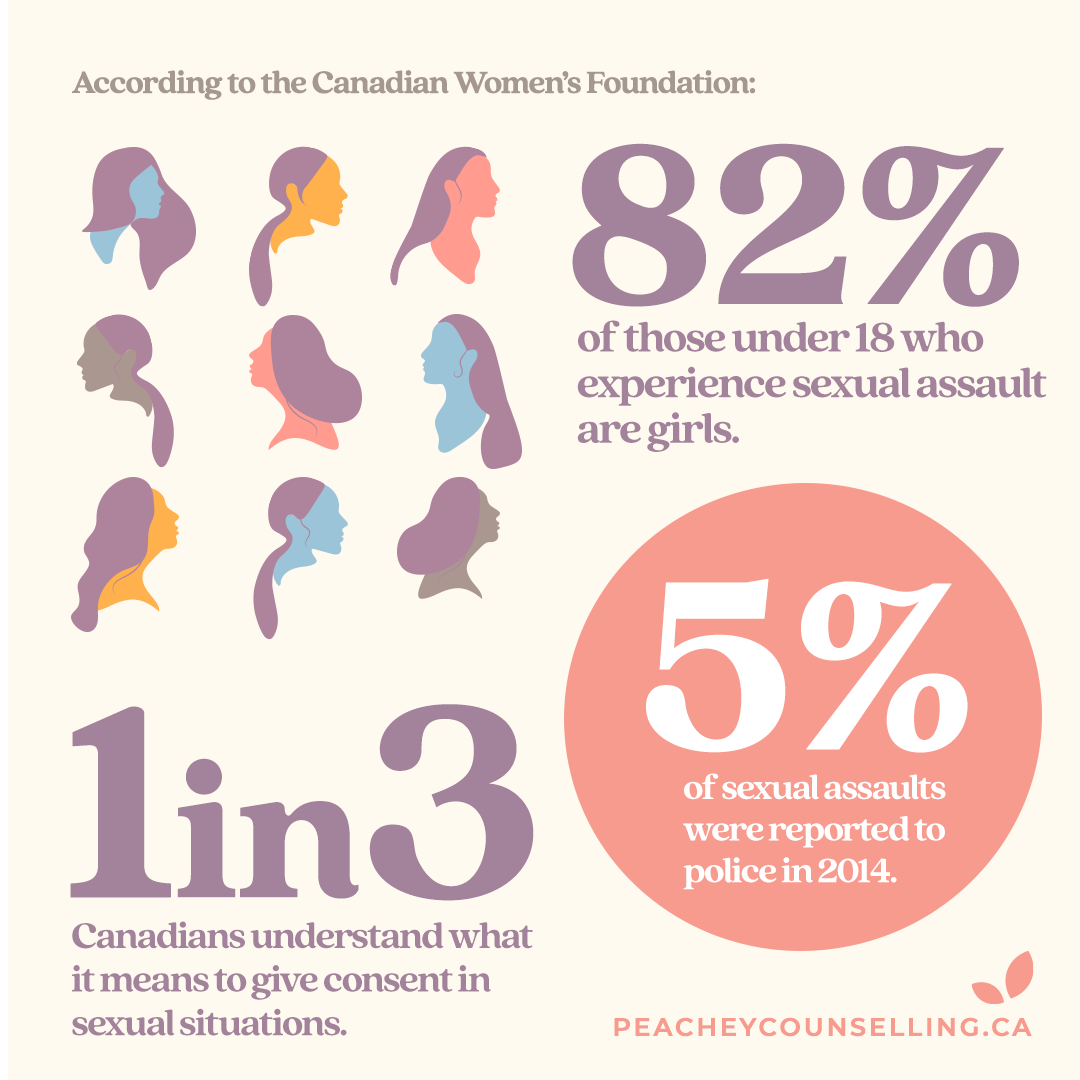The Persistence of Sexual Assault and Harassment
Women Abuse Prevention
Sexual assault is the only violent crime in Canada that is not declining.
November is Women Abuse Prevention Month in Ontario and as part of our initiative to bring you helpful information, resources and guidance, we are highlighting the persistence of sexual assault and harassment of women and girls, provided by the Canadian Women’s Foundation.
WHAT ARE THE DIFFERENCES BETWEEN:
Sexual assault
Sexual assault refers to unwanted sexual activity, including touching and attacks.
Sexual harassment
Sexual harassment can encompass discriminatory comments, behaviour, as well as touching. Sexual harassment may take the form of jokes, threats, comments about sex, or discriminatory remarks about someone’s gender.
BY THE NUMBERS:
43% of women have been sexually harassed in the workplace.
Women were also more than 2x as likely as men to say they had experienced unwanted sexual contact while at work. (20% compared to 9%)
The rate of sexual assault for Canadians age 15 to 24 are 18x higher than that of Canadians age 55+.
82% of all victims of sexual assault under the age of 18 are female, a rate of sexual violence almost 5x higher than boys under 18. Girls are also 4x more likely than boys to be sexually assaulted by a family member.
Single women, women who are unemployed or have a low income, face a higher risk of sexual assault.
Disabled women experience sexual violence at about 3x the rate of non-disabled women.
Sexual assaults account for about 35% of all crimes committed against Aboriginal women, and 10% of all crimes committed against non-Aboriginal women.
Out of the number of seniors who are sexually assaulted by a family member, 96% are women.
Women who have experienced sexual assault are more likely to attempt suicide.
LEVELS OF SEXUAL ASSAULT AND SURVIVOR IMPACTS:
Level 1: cause little or no physical injury.
Level 2: involves a weapon, threat, or bodily harm.
Level 3: involve physical wounds, disfigurement, or threaten the life of the survivor.
While most sexual assaults fall into the level one category, any type of sexual assault can have long-term impacts on a survivors’ psychological wellbeing.
Many women who are sexually assaulted experience high rates of depression, anxiety disorders, sleep disorders, suicidal behaviour, self-harm, eating disorders, and substance abuse issues.
Sexual assaults can also lead to other health issues such as unwanted pregnancy, gynecological complications, and sexually transmitted diseases.
Sexual assault is not a safety or a judgement issue. It cannot simply be…avoided.
Only one party is responsible for sexually assaulting or harassing another person: the perpetrator. Holding a survivor accountable for the violence she experiences is called victim-blaming and it is not only unfair, it’s also dangerous. Victim-blaming leads many women to believe abuse is their fault and makes them less likely to come forward and report sexual offences.
There is a myth that sexual assault is usually committed by strangers. In about 80% of cases, the sexual assault survivor knows the offender.
Why don’t people speak up about being sexually assaulted or harassed?
Our culture has become accustomed to blaming victims for abuse rather than the perpetrators. When women internalize victim-blaming, they might experience psychological responses to trauma including:
Denial: telling themselves that they are overreacting or the assault wasn’t a big deal.
Guilt/Shame: questioning their own actions and behaviour.
Embarrassment: blaming themselves for the abuse or feeling like they didn’t do enough to resist it.
For more information about consent, go to getconsent.ca
How can sexual assault be stopped?
One of the ways to prevent sexual assault is by understanding consent and raising awareness about its importance. Recognize and challenge victim-blaming, and let survivors and victims know that sexual assault is not their fault. Hold perpetrators accountable for their actions. If we don’t we reinforce the notion that abuse and assault are acceptable. It allows abusers to defend and continue their actions. Challenge gender inequality wherever you see it. Identify and resist the idea that the needs, feelings or beliefs of one person/group are more correct or important than those of another person/group.
If you or someone you know is experiencing an abusive relationship, you must remember that safety is key, and that abuse is NEVER acceptable or justified, in any situation.
Whatever it is, we’re here for you.
Life is uncertain. Jobs are stressful. Parenting is hard. Relationships take work. Families can be dysfunctional. And, sometimes love hurts. When you’re confronted by feelings, events, or issues that are making your life challenging, it’s okay to ask for some help.


